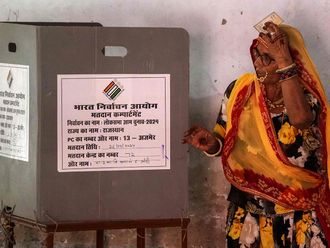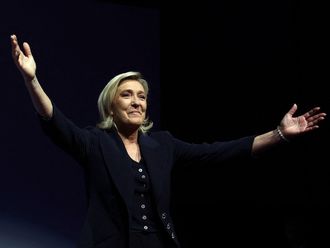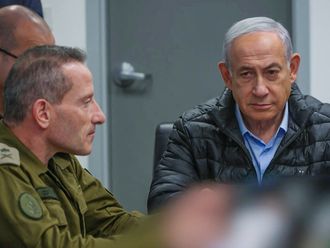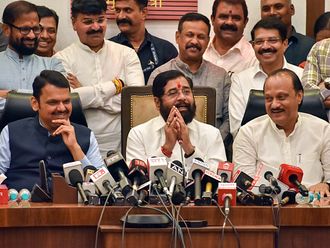
In early morning raids across the small towns of Michalovce and Trebisov, in eastern Slovakia, police last week arrested seven Italian men linked to the recent killings of investigative reporter Jan Kuciak and his partner, Martina Kusnirova. Kuciak was gunned down on February 22 at his home in the town of Velka Maca, east of the Slovakian capital of Bratislava. The journalist had been working on an article that described the vast Slovakian operations of the Italian ‘Ndrangheta crime syndicate, including its dealings in agriculture and ties to high-ranking politicians.
Kuciak discovered an elaborate scheme that allowed Italian ‘Ndrangheta members living in Bulgaria to receive millions of euros in European Union (EU) structural funds, thanks in large part to their close ties to figures in the Slovakian government. His article identified four families — the Vadala, Roda, Catroppa and Cinnante families — that had opened dozens of fraudulent businesses dealing in agriculture, solar panels, biogas and real estate to illicitly receive EU funds destined for Slovakian firms.
Three men were arrested the night before the raids after police intercepted a phone call and heard them discussing “taking weapons to Velka Maca”.
In the meantime, Culture Minister Marek Madaric resigned on February 28 despite no apparent signs of being involved in the scandal. Two politicians named in Kuciak’s article also stepped down from their posts: National Security Council secretary Viliam Jasan and Maria Troskova, an assistant to Prime Minister Robert Fico. While Troskova and Jasan deny the allegations, Kuciak’s work linked both politicians to the ‘Ndrangheta clans. Before being appointed Fico’s assistant in 2015, Troskova was a partner (between 2011-2012) at a firm called GIA Management, co-owned by Antonio Vadala and Pietro Catroppa. Jasan had also worked as a partner at another firm owned by Catroppa called Prodest.
The Roda family had already been targeted by a police investigation in 2007, when Pietro Roda was arrested for smuggling livestock between Italy and Slovakia. His brother Diego is famous for his collection of Ferraris, one of which he likes to keep parked in his living room.
The Vadala brothers were both arrested during the raid on their home in Trebisov. Their fortress-like residence, with its high walls and a steel gate, doesn’t look out of place in the middle-class neighbourhood surrounding it — save for the white Lamborghini parked in the driveway. Workers at another Trebisov-based agricultural company that competes with the Vadalas have reported ominous death threats, including bullets hanging from their gates.
The ‘Ndrangheta’s arrival in Slovakia fits a pattern of aggressive expansion for a crime syndicate that was born, two centuries ago, in Calabria, southern Italy’s poorest region. With an estimated annual revenue of $53 billion (Dh194.93 billion) and hundreds of cells and affiliates spread around the world, there are few places on Earth out of the reach of the ‘Ndrangheta.
The ‘Ndrangheta is divided into smaller units — called ‘ndrine — organised around families that dominate a specific town. The family-oriented structure makes the syndicate particularly difficult to infiltrate. And unlike the Naples-based Camorra, which operates by a set of common rules and rituals, disputes in the ‘Ndrangheta are often settled violently with the use of firearms.
The Sicilian Cosa Nostra dominated the drug trade in Italy in the 1980s, but was badly weakened by internecine warfare and its assassination and bombing campaign against the Italian state in the early 1990s. Filling the void was the ‘Ndrangheta, which built close ties to drug cartels in Colombia and Mexico, a task made easier by the organisation’s control of the port in Gioia Tauro — Italy’s largest container terminal.
After the collapse of the Soviet Union the ‘Ndrangheta also began to expand eastward, but Slovakia flew under the group’s radar until the turn of the millennium. Two recent reports published by an anti-organised crime district court in Calabria detailed a plot to capture funds from the EU destined for projects in Slovakia.
“Calabria will soon fall from its current position as the top recipient of EU structural funds, and it will be replaced by poorer regions in Eastern European countries, including eastern Slovakia,” says Antonio Nicaso, a mob historian and university professor in Canada. “Some families even built close ties to Slovak politicians, promising them illicit cash in exchange for logistical help to set up their businesses.”
In Kuciak’s final article for Aktuality.sk, the investigative news portal where he worked before his death, he reports that the four Calabrian clans originated in the small town of Bova Marina before departing for Bratislava around 2003. Between 2015 and 2016, the clans may have siphoned off more than 8 million euros (Dh36.18 million) in EU funds marked for agricultural development in rural Slovakia.
“Kuciak reached out to the police about his findings on the Italian mafia and their activities in Slovakia,” says Tom Nicholson, a Canadian journalist who had worked with Kuciak. “He was ready to testify in court, but no one replied to him.”
— Worldcrunch, 2018/New York Times News Service









